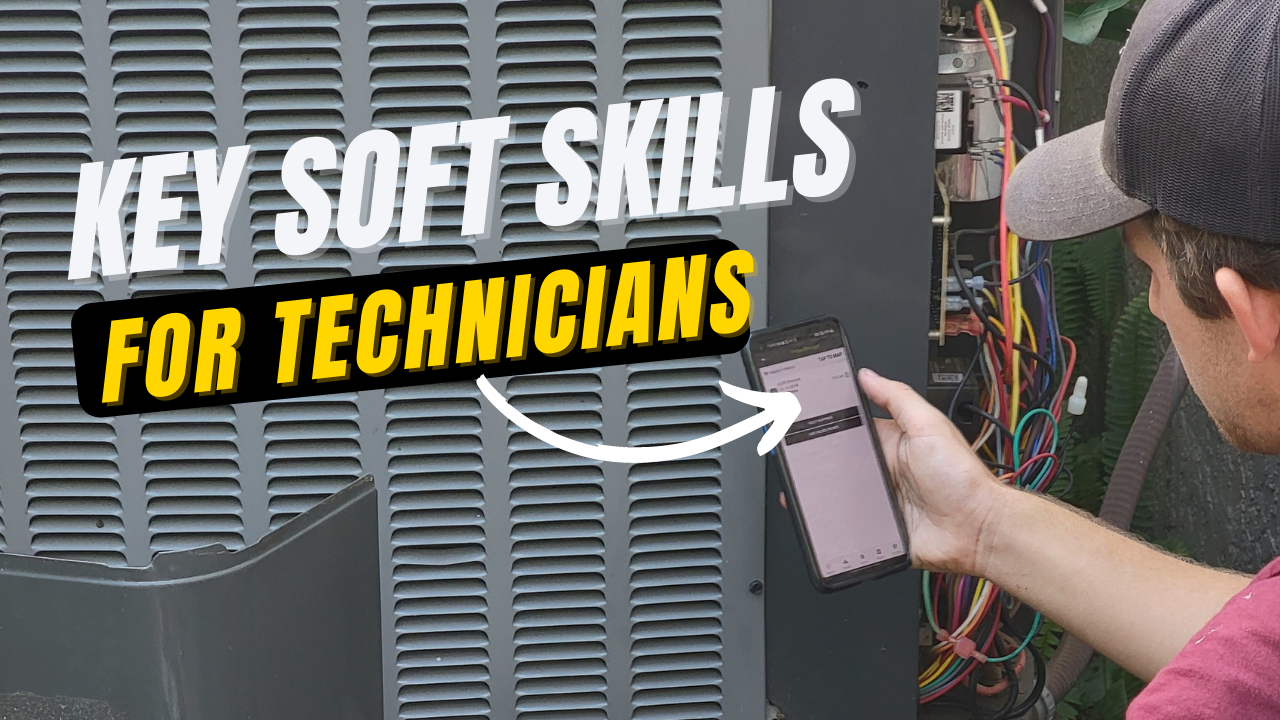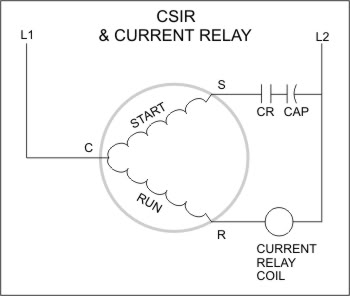Get Tech Tips
Subscribe to free tech tips.
Sealing Boxes/Boots/Cans
Today's tech tip is a video put out by my friend Brad Hicks from the HVAC in SC YouTube Channel. Thanks, Brad!
Seal boots to prevent raccoon leaks.
Ok, this has nothing to do with raccoons, but I like that photo.
Whenever you are installing duct boxes (also called boots or cans) in an aftermarket application, make sure to place a bead of sealant—like mastic or silicone—on the flange. That way, it will seal against leaks to and from the unconditioned space as it presses against the substrate. When installing in a new construction environment where the boxes/boots/cans go in before the substrate, you will either want to use boots that already have gaskets or add a gasket to the flange, such as foam tape. In these cases, it is still a good idea to seal the edge further from the inside once the drywall (or similar) is in place and before the grilles and registers are installed.
Video Transcript
What's going on, guys? Here's another 60-second tech tip. This is on supply and return grilles and properly sealing them. As you can see, this return grill that I have pulled down was not properly sealed. Not siliconed or masticed, so basically what's happening—you can see a little bit of wood here. When the blower comes on, it pulls air—it's pulling unconditioned air from between the sheetrock and the wood that's framing this box out of the attic and into our airstream. Since our air filter goes here as well, most of this isn't being filtered; it's just passing right into the system. As you can see, that return is fairly dirty, so all of this should be sealed with mastic, and usually, we just silicone—or you can mastic this as well. Same thing with supply grilles, so if you ever have customers that are dealing with dust issues or units getting dirty, but the filters aren't that dirty, this could be your culprit. So, make sure you're paying attention to the supplier return grilles, and look out for this kind of stuff. So, hope that helps. Thanks for watching.











Comments
To leave a comment, you need to log in.
Log In